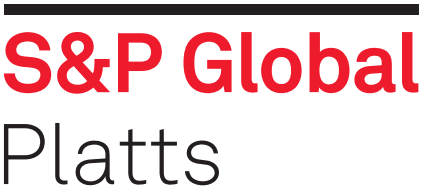There has been increasing speculation in recent weeks that a decision on the provisional safeguard measures for 23 steel product imports into the European Union was imminent. Market chatter has included suggestions that the new definitive safeguards would be quarterly, that they would not include flats at all, or that they would be country-specific.
European steel association Eurofer said recently that it is advocating for country-specific safeguards. “We are promoting the idea to consider including a national quota with the EU Commission,” said Karl Tachelet, director of international affairs at Eurofer.
Currently, the provisional EU measures come in the form of a “global” quota, which is allocated on a first-come, first-serve basis — irrespective of the imported steel’s origin.
Exports from Russia and Turkey into the EU increased by 59% year on year after the US imposed tariffs and Turkey’s domestic steel market slumped, deflecting steel sales into the European open market.
The official decision on the fate of the quota system by the European Commission is now expected to come after the Christmas holidays, sources told S&P Global Platts this week.
In the meantime some quotas are running at critical levels. The situation in Wire Rod is the most extreme, with just 0.043 million mt remaining of the initial quota amount of 1.058 million mt as of December 12. This reduces further to 0.039 million mt when material pending allocation is included.
For the other main long steel product, rebar, just 0.091 million mt can still be imported into the European Union from the initial quota amount of 0.715 million mt. The current rate of importation, 4,900 mt/day in November on average, plus material pending allocation of 19,224 mt suggests that the safeguard quota could potentially be oversubscribed already by approximately 105,000 tons.
As of December 12, including material pending allocation, the wire rod quota allowance is at a critical 3.8% and rebar is about to achieve critical status with a balance of just 10% remaining.
After quota balances drop below 10%, it is deemed to be critical and steel importers are then obliged to deposit with customs authorities a 25% bank guarantee while their material is cleared and allocated.
For flat products, however, it is looking increasingly likely that most of the safeguard quotas will not be filled. The quota for hot-dip galvanized coil is running the closest to critical in the flat product category, but only if imports continue at their current rate.
As of December 12, for HDG, 0.742 million mt can still be imported into the EU from the initial quota amount of 2.11 million mt.
The current rate of importation, 11,300 mt/day in the last month on average, plus material pending allocation of 3,200 mt, suggests that the safeguard quota might come within 140,000 tons of being filled by the February 3, 2019 deadline of the current safeguard system.
Substantial increases in the rate of import for both hot-rolled coil and cold-rolled coil would be needed to fill the quotas on these products, which is now looking unlikely.
For HRC, 1.843 million mt remains available for import out of an initial quota of 4.269 million mt with imports clearing customs at a rate of 24,150 mt per day on average. This would need to increase by 44% or 10,600 tons per day on average to meet the remaining balance.
For CRC, 0.716 million mt remains available for import out of an initial quota of 2.115 million mt with imports clearing customs at a rate of 6,650 mt per day on average, which would need to double to meet the remaining balance.
In reality, importers will become increasingly cautious as any critical available balances reduce over the coming 53 days with any potential breach of quota seeing the offending material placed into a bonded warehouse on an un-cleared basis pending either importation under a new definitive safeguard quota, or customs clearance outside quota and payment of a 25% levy.
The provisional safeguards were put in place on July 19 to avoid the re-direction of steel import flows as a result of the 25% US Section 232 tariff on steel imports.
— Len Griffin





